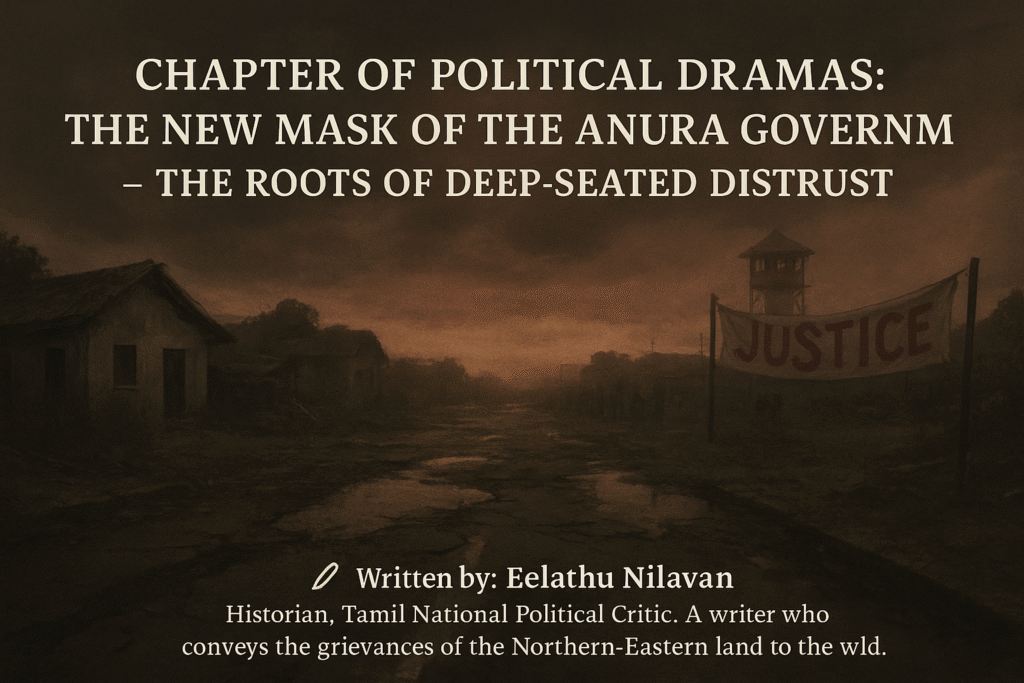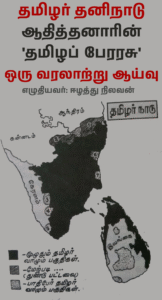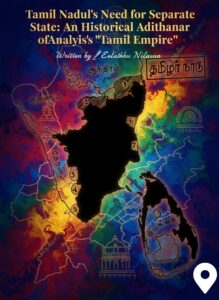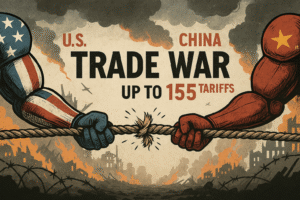A recent protest in the Kilinochchi district, voiced through the speech of former Pradeshiya Sabha member Jeevaraja, reveals that Sri Lankan politics has embarked on a new chapter. This is not merely anger over a lack of development; it is the culmination of decades of political deception borne by the Tamil people. The cycle of political dramas, with new governments, new leaders, and new promises at every election, has sown seeds of deep-seated distrust in the soil of the North and East.

✦. Development is an Illusion: The Bitter Pain of Reality
Like previous governments, the administration led by Anura Kumara Dissanayake uses “development” as an appealing tool. However, in reality, the deplorable state of the roads in areas like Sundikkulam, Paranthan, and Pooneryn proves that the government’s promises are just empty words. While accounts state that billions of rupees have been allocated for development, the funds mostly fill the pockets of contractors and the bank accounts of officials. When roads turn into pools during the rainy season, the helplessness of people who cannot even transport a sick person to a hospital openly exposes the government’s negligence and its discriminatory attitude towards Tamil areas. “Development” has remained nothing more than a political buzzword to win over the Sinhala population.
✦. The Political Deceit of Housing Schemes: A Betrayal of the Poor
Housing schemes initiated during Sajith Premadasa’s rule are now being rejected by the new government because they were “Sajith Premadasa’s projects.” This is not a simple issue related to a change in government; it is a political conspiracy. People affected by the war fought for these dream homes by spending their life savings and sometimes even pawning their only piece of jewelry. Today, not only is their money gone, but their hope for a future has also vanished due to the government’s discriminatory actions. Using the suffering of the poor for political gain is a tragic drama that continues to unfold in Sri Lankan politics. It serves as a grim example that even with a change in government, the situation of the Tamil people remains the same.
✦. Maveerar Naal: A Spite That Disrespects Even Death
The commemoration of Maveerar Naal (Heroes’ Day) is an event intertwined with the soul of the Tamil people. It is not merely the remembrance of the dead; it is a political declaration that affirms the future of the Tamil nation. Yet, every November, the Heroes’ Cemeteries are besieged by the military. A mother or father is unable to place even a single flower to honor their child, as the military imposes restrictions. The government and its ministers, who speak of “reconciliation” at the UN Human Rights Council, deny a community its right to mourn.
The participation of ministers like Chandrasekaran in such commemoration events is a political masquerade. They are trying to deceive the international community by projecting a false image that “everything is peaceful in Sri Lanka.” However, this drama conceals the ongoing violence in the Tamil homeland, including militarization, land grabbing, and the establishment of Buddhist settlements. The ban on Maveerar Naal commemoration clearly shows the contradiction between the government’s domestic policies and its words on the international stage.
✦. From the 13th Amendment to a Separate State: The Continuing Political Treachery
The 13th Amendment, introduced through the 1987 Indo-Lanka Accord, failed to provide even minimal power-sharing for the Tamils. Powers over land and police are retained by the central government. History shows that this amendment did not fulfill the political aspirations of the Tamil people. But even beyond this, the JVP and Anura Dissanayake went to court to break the merger of the Northern and Eastern Provinces. The traditional homeland of the Tamil nation was divided into two. This was not merely a legal action; it was a deliberate act to destroy the political existence of the Tamil people.
Anura Kumara Dissanayake himself has stated that he did not come to the Tamil areas “to talk about federalism.” In such a political context, it is clear why Tamils have no faith in this government. Their political solution does not lie in the words of Sinhala leaders; it lies only in the core demands of Tamil nationalism.
✦. Conclusion: The Tides of Distrust
The voice that rose in Kilinochchi is not merely asking for development. It is a profound demand for justice, dignity, and the right to self-determination. Sri Lankan governments have militarized the war-torn Tamil homeland, built Buddhist temples, encouraged Sinhala settlements, and questioned the very existence of the Tamil people.
This distrust is not the anger of a single individual; it is the cry of a nation. The sorrow of not being able to commemorate Heroes’ Day, the pain of being without a home, and the political betrayals—all have combined to confirm the feeling that no solution will ever come from this government. Future generations will not forget these political dramas and the betrayals committed against the Tamil nation. Their struggle will never cease.

Written by: Eelathu Nilavan
Historian, Tamil National Political Critic.
A writer who conveys the grievances of the Northern-Eastern land to the world.
24/09/2025



